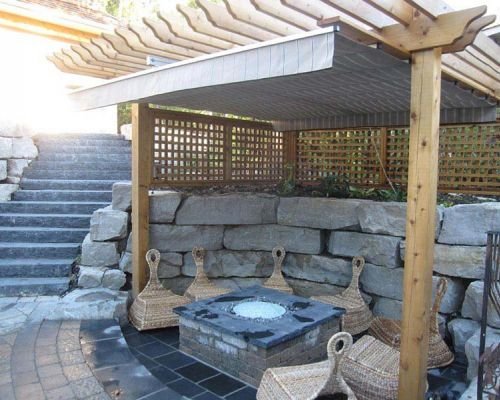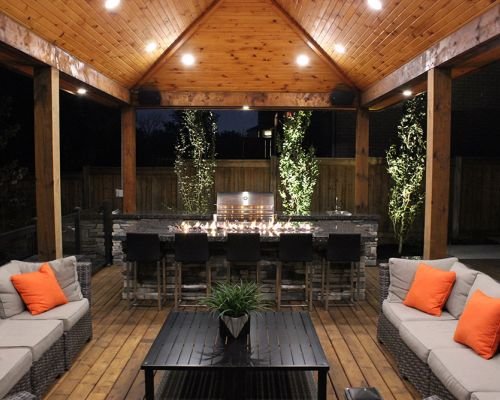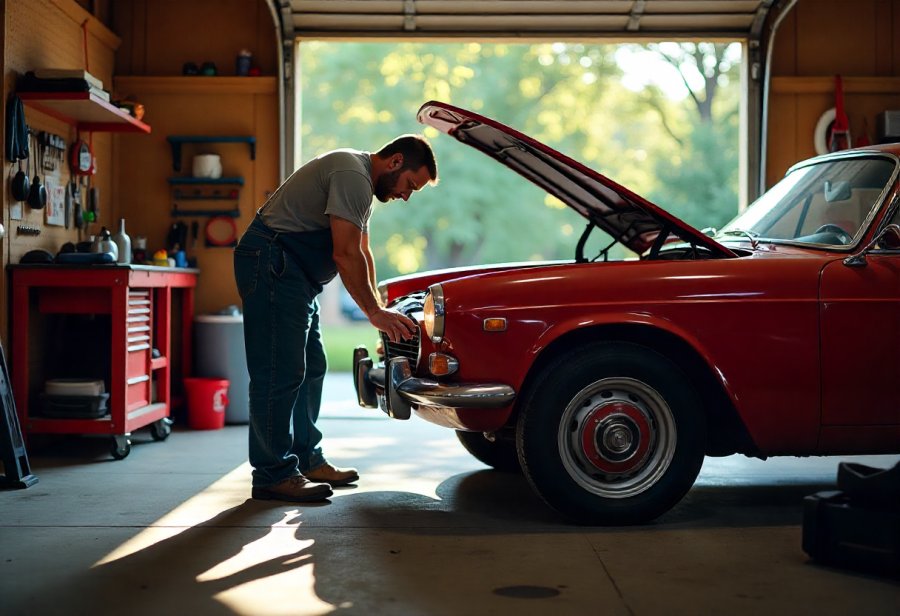
Step into the world of the backyard mechanic, where the garage transforms from mere storage into a sanctuary of passion, patience, and craftsmanship. This space is more than a cluttered workshop; it’s a haven where skills are honed, stories are shared, and old machines are reborn through ingenuity and love. But what secrets lie beneath the surface of this ritual of restoration? From intuitive techniques and homemade tools to strategic patience and creative improvisation, seasoned craftsmen turn setbacks into opportunities, elevating routine repairs into acts of personal artistry. This guide reveals how a well-organized, safety-conscious environment fosters continuous growth, inspiring enthusiasts to push boundaries and deepen their connection to the craft. With each project, the garage becomes an evolving sanctuary—more than a workspace—where mastery grows and passion persists. Are you ready to unlock the secrets that make your garage a true haven of craftsmanship?
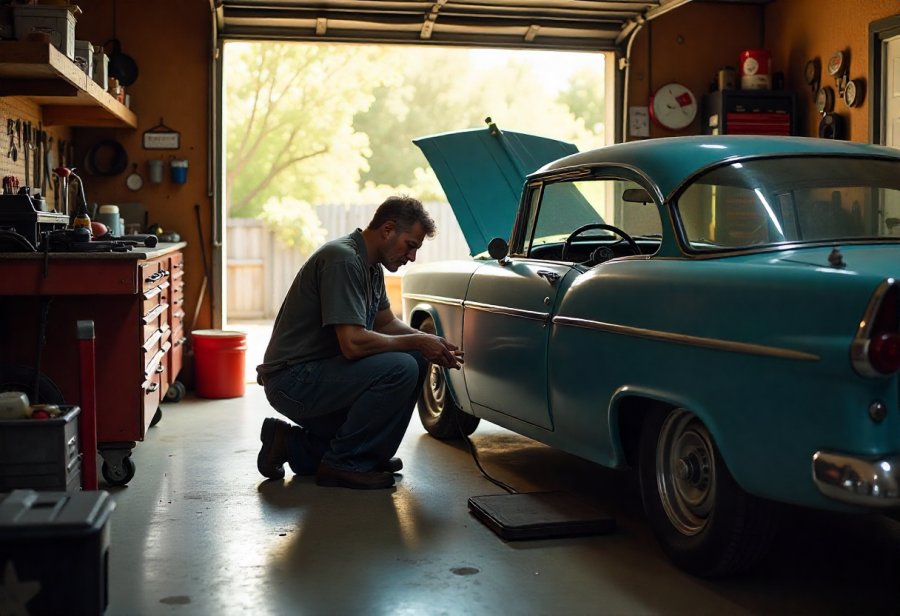
Discover the Garage as a Personal Sanctuary of Passion and Craftsmanship
The garage isn’t just a storage space; for the backyard mechanic, it’s a personal sanctuary where passion and craftsmanship come together. It’s a place filled with the scent of oil, grease, and old rubber—an environment that tells a story of dedication. Every tool on the pegboard, every worn workbench, reflects hours of hands-on work, patience, and love for machines. This space is where skills are honed, and the quiet satisfaction of a job well done keeps the passion alive.
For many backyard mechanics, the garage serves as the heart of their home. It’s where memories are made and skills are passed down through generations. The aesthetic—organized shelves, vintage posters, and well-worn tools—mirrors years of devotion. It’s a space that encourages experimentation and learning, where each project deepens the bond with machines. Restoring a vintage engine or rebuilding a classic car becomes more than just a task; it’s a ritual that turns the garage into a retreat from the outside world.
Beyond the tools and visible techniques, the garage holds secrets that elevate the craft. Seasoned mechanics develop an almost instinctive sense of how parts fit and when to use certain tools—often homemade or modified for tricky spots. Patience isn’t just waiting; it’s knowing when to push forward and when to step back, letting rust loosen or parts settle naturally. Deep knowledge of a machine’s history guides their approach, often shared through community stories or forums that add layers of wisdom.
This space is also a hub of creativity and improvisation. When parts go missing or get damaged, mechanics turn to inventive fixes—fabricating replacements from scrap or welding patches where needed. These solutions demand skill and an eye for detail, transforming routine repairs into personal craftsmanship. It’s in these moments that passion and ingenuity combine, turning problems into opportunities to learn and create.
The act of restoring old machines isn’t just about fixing; it’s about connecting with history and expressing patience. Whether freeing a seized bolt with household vinegar or polishing chrome with aluminum foil, these clever tricks come from years of experience. The surface prep—sanding, cleaning, priming—becomes a crucial step that can make or break a project’s final look. Attention to detail in these small actions builds the foundation for authentic, long-lasting results.
This space is also a sanctuary of resilience. Projects often sit idle for weeks, waiting for the right part or moment, but it’s this patience that separates hobbyists from true craftsmen. Every bolt turned and every surface polished adds to a story of dedication. The garage becomes more than a workshop; it’s a reflection of love for machines, a place where every challenge is a chance to grow and every success fuels the passion further.
In this haven, the backyard mechanic finds more than tools and parts—they find a space to grow, experiment, and connect with a craft that’s as old as the machines themselves. It’s where patience and skill meet, transforming rusted relics into revived masterpieces. The garage isn’t just a physical location; it’s a mindset, a heartfelt commitment to craftsmanship that makes every project a journey worth taking.
Uncover the Hidden Rituals and Ingenuities of Restoration Mastery
Beyond the visible array of tools on the pegboard or scattered across the workbench, there’s a world of subtle, often overlooked practices that elevate the craft of backyard restoration. Experienced mechanics develop an almost instinctive sense of how parts fit together and when to reach for a particular tool—this intuition comes from years of hands-on trial and error. Many craft homemade tools or modify existing ones to access tight spots or delicate components more effectively. For instance, a custom puller made from scrap metal or a slightly altered screwdriver can turn a stubborn bolt into a manageable task, saving time and frustration.
Patience plays a crucial role that extends beyond waiting for paint to dry or parts to arrive. It’s about knowing when to push forward and when to step back, allowing materials to settle or rust to loosen naturally. Applying penetrating oil and giving it time to work overnight often makes freeing rusted parts easier than brute force ever could. A deep understanding of a machine’s history, such as knowing its original specifications or common trouble spots, guides these restoration strategies. This insight is often gathered from community stories, online forums, or personal experience, adding a layer of nuance to each project.
Sharing tips and tricks with fellow enthusiasts forms another hidden layer of the craft. Many backyard mechanics exchange advice through online groups or local meetups, trading hacks that aren’t found in manuals. Simple household hacks—like using vinegar to dissolve rust or a heat gun to free a seized bolt—can make a significant difference. Over time, these small discoveries become part of their personal toolkit—secret weapons that turn routine repairs into personal craftsmanship. This collective wisdom fosters a culture of innovation, where shared knowledge accelerates learning and improves results.
Imagination and improvisation are central to the restoration process. When parts go missing or get damaged, mechanics often turn to creative fixes—fabricating replacements from scrap or welding patches where needed. These solutions require both skill and an eye for detail, transforming setbacks into opportunities for craftsmanship. Turning everyday objects into specialized tools or parts exemplifies resourcefulness, often saving money and lending each project a distinctive, personal touch.
Surface preparation remains one of the most overlooked secrets. Proper cleaning, sanding, and priming lay the foundation for a durable, authentic finish. Rushing this step can undermine hours of effort, leading to peeling paint or uneven surfaces. Experienced restorers understand that meticulous surface prep is crucial for a long-lasting result, and rushing it often results in rework. Attention to these small details—sanding smooth, removing rust thoroughly—sets the stage for a finish that looks genuine and stands the test of time.
Finally, the subtle art of patience and timing distinguishes true craftsmen from casual hobbyists. Knowing when to apply heat, when to let rust sit, or when to pause and assess can be the difference between a good repair and an exceptional one. It’s these nuanced, often intuitive decisions that turn routine fixes into moments of genuine craftsmanship. Recognizing that restoration is as much about patience as technique transforms each project into a carefully curated process, elevating the garage from a mere workspace into a sanctuary of skill and passion.
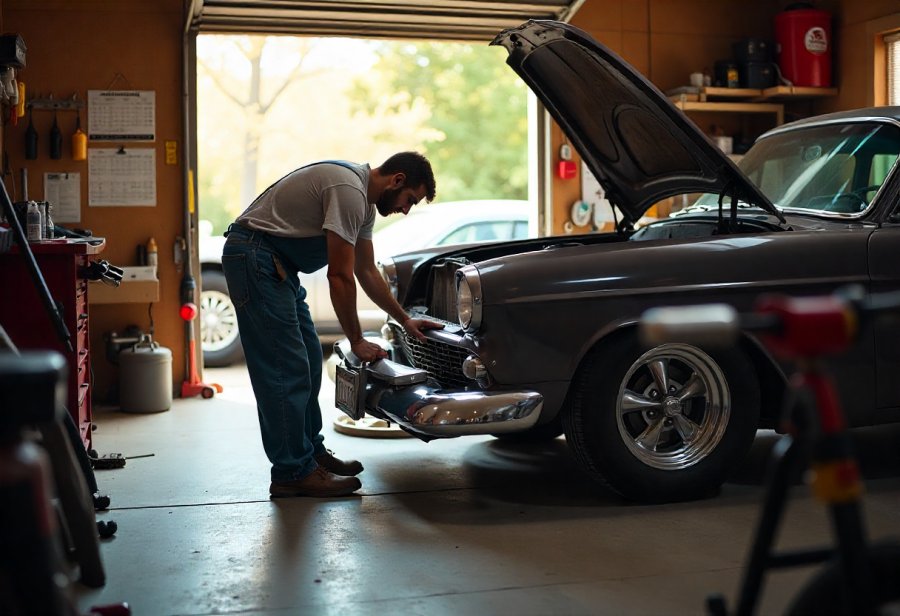
Transform Your Garage into a Workshop of Practical Skill and Artistic Dedication
Applying restoration techniques in a home garage is where passion and craftsmanship truly come alive. It’s about more than just having the right tools; it’s knowing how to use them effectively and adjusting your approach based on each project’s unique needs. For example, hand-sanding a vintage car panel helps preserve subtle details that power sanders might overlook, ensuring an authentic look. Welding rusted frames demands patience and precision—each weld should be deliberate to ensure strength and a smooth finish. These steps require focus, but they also allow room for personal touches that elevate the work beyond mere repairs.
Many home restorers blend traditional methods with clever shortcuts to streamline their projects. Using a heat gun to loosen seized bolts or household vinegar to dissolve rust are simple tricks that save time and effort. These improvisations come from experience and a willingness to experiment, turning everyday objects into effective tools. When working in tight spaces or on fragile components, custom or modified tools can make frustrating tasks manageable, transforming routine repairs into genuine craftsmanship.
Patience remains essential throughout the process. Rushing surface prep or paint application can undo hours of careful work. Taking the time to thoroughly sand, clean, and prime each surface results in a finish that looks authentic and lasts longer. Skilled restorers understand that proper surface preparation is the foundation of quality work. Skimping on this step often leads to peeling paint or uneven textures, undermining the project’s integrity. Paying attention to these small details ensures a professional-looking result that stands the test of time.
Troubleshooting is another critical skill that sets successful projects apart. When parts don’t fit as expected or unexpected issues arise, a mechanic’s ingenuity kicks in. Fabricating missing brackets, rewiring electrical systems, or improvising with scrap materials keeps projects moving forward. These fixes demand technical skill and creative problem-solving, turning setbacks into opportunities to refine craftsmanship and grow as a builder.
Every project becomes a learning experience. Whether rebuilding an engine, restoring a body panel, or fine-tuning the interior, each task boosts confidence and understanding. Using the right tools—like fine files for polishing or wire brushes for cleaning—ensures a high-quality finish. Combining traditional craftsmanship with modern equipment, such as spray guns or power drills, speeds up the work without sacrificing authenticity. This balance of effort and innovation allows backyard mechanics to produce impressive results right in their garages.
Applying restoration techniques is more than just fixing machines; it’s about expressing love for the craft. Every bolt turned and surface polished adds to a story of dedication. As skills develop, projects become more refined, and confidence grows—each success fueling the desire to learn and create more. The garage transforms into a sanctuary where passion and craftsmanship thrive, turning old relics into revived masterpieces. It’s in these hands-on moments that true pride is born, and the love for vintage engineering continues to grow.
For those looking to deepen their understanding of restoration and DIY skills, exploring detailed guides and tutorials can be incredibly helpful. Learning from experienced craftsmen and accessing comprehensive resources can elevate your projects to a new level. To discover more expert tips and practical advice, check out this comprehensive guide on garage restoration techniques.
Gain Expert Insights to Elevate Your Passion and Preserve Your Sanctuary
Professional insights consistently highlight that passion alone doesn’t turn a garage into a true sanctuary of craftsmanship. What truly sets the best backyard restorers apart is patience, meticulous attention to detail, and a continuous hunger to learn. Starting with small, manageable projects helps build confidence and hones skills, creating a solid foundation for tackling more complex restorations down the line. This gradual approach cultivates a deeper understanding of techniques and fosters a genuine appreciation for the craft’s nuances.
Investing in quality tools is a recurring piece of advice from seasoned experts. Reliable wrenches, precision screwdrivers, and good soldering irons don’t just improve results—they make the process safer and more enjoyable. Good tools reduce frustration, prevent accidents, and lend a professional touch to even the most modest projects. Experts agree that well-chosen equipment is the backbone of high-quality restorations, transforming a cluttered workspace into an efficient, inspiring sanctuary.
Safety remains a top priority among professionals. Protective gear, proper ventilation, and adherence to best practices aren’t just recommendations—they’re essentials. Many experienced restorers have seen how neglecting safety can turn a rewarding hobby into a serious hazard, jeopardizing long-term enjoyment. Respect for safety protocols ensures that passion remains sustainable, allowing projects to progress smoothly without setbacks caused by preventable injuries.
Sharing knowledge is vital for ongoing growth. Many experienced restorers participate in online forums, attend local meetups, or mentor newcomers. This exchange of ideas often leads to breakthroughs—whether it’s a better rust removal technique or a clever fabrication trick. The collective wisdom of these communities keeps the craft vibrant, inspiring fresh approaches and fostering a sense of camaraderie among enthusiasts.
Patience and resilience are the true hallmarks of craftsmanship. When parts don’t fit or finishes aren’t perfect, seasoned restorers see these moments as opportunities to learn rather than failures. Approaching setbacks with a problem-solving mindset turns obstacles into progress, nurturing growth and refining skill over time. This attitude transforms each project from a simple fix into a meaningful journey of mastery.
Finally, organization and humility underpin sustainable passion. Maintaining a clean workspace, planning each step carefully, and recognizing one’s limits create an environment where craftsmanship can flourish. Asking for advice and accepting mistakes as part of the process foster continuous improvement. The most accomplished restorers often attribute their success to an open mind and a genuine love for the craft—an approach that turns a garage into a true sanctuary of passion and skill.

Embrace the Ongoing Journey of Passionate Craftsmanship and Continuous Growth
The process of transforming your garage into a true sanctuary of craftsmanship doesn’t end with completing a single project. Instead, it’s an ongoing journey fueled by curiosity, patience, and a desire to keep improving. Each restoration adds new skills and deepens your connection to the craft, turning your space into more than just a workshop—it becomes a personal retreat where ideas flourish and mastery grows over time.
Keeping that passion alive means trying new techniques, experimenting with different tools, and challenging yourself with diverse projects. Sharing your progress with online communities or local meetups can spark fresh ideas and motivate continued learning. These exchanges not only inspire you but also remind you that you’re part of a larger community that shares your love for vintage machines and craftsmanship. The support and insights from others can help you see your work in new ways and push your skills further.
As your skills develop, investing in quality tools and adhering to safety practices becomes even more important. Good equipment produces better results and makes the work safer and more enjoyable. Rushing or cutting corners might seem tempting, but taking the time to do things right ensures your garage remains a space where passion can thrive long-term. A well-organized, safe environment encourages creativity and keeps your motivation high, making each project a rewarding experience.
Remember, your garage is more than a place to fix old machines. It’s a space where dedication, patience, and craftsmanship come together to produce something meaningful. Every bolt turned and surface polished tells a story of love and perseverance. Over time, your projects will become more refined, and your confidence will grow—each success fueling the desire to learn and create even more. This continuous cycle of growth transforms your garage into a haven of passion that inspires you to keep dreaming, building, and reviving vintage machines for years to come.
